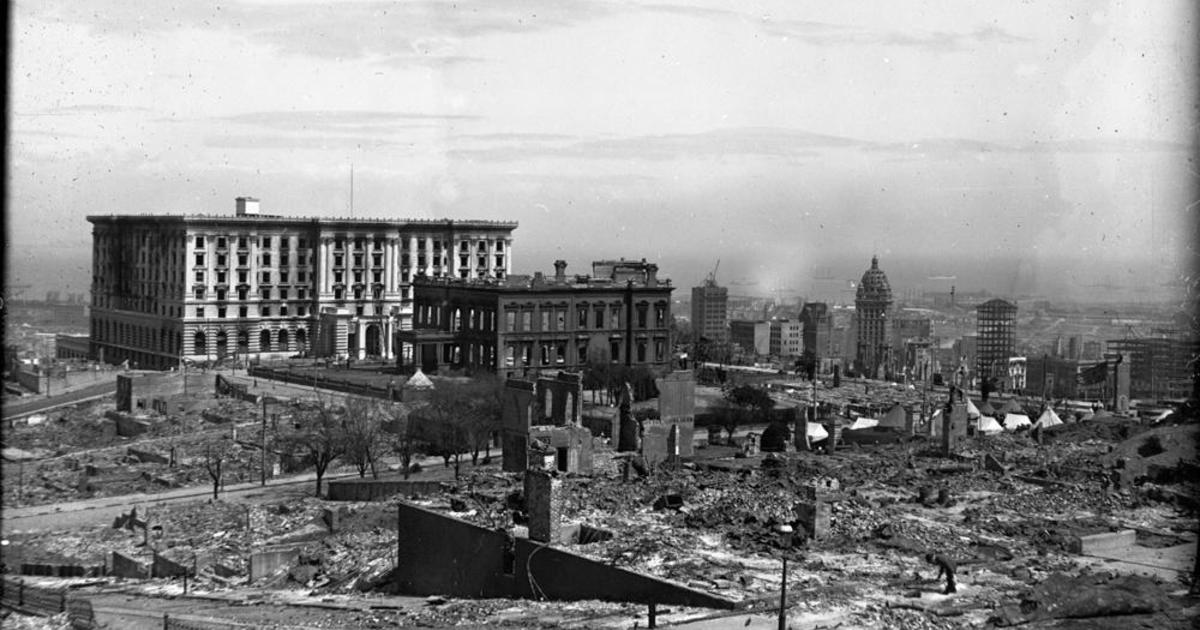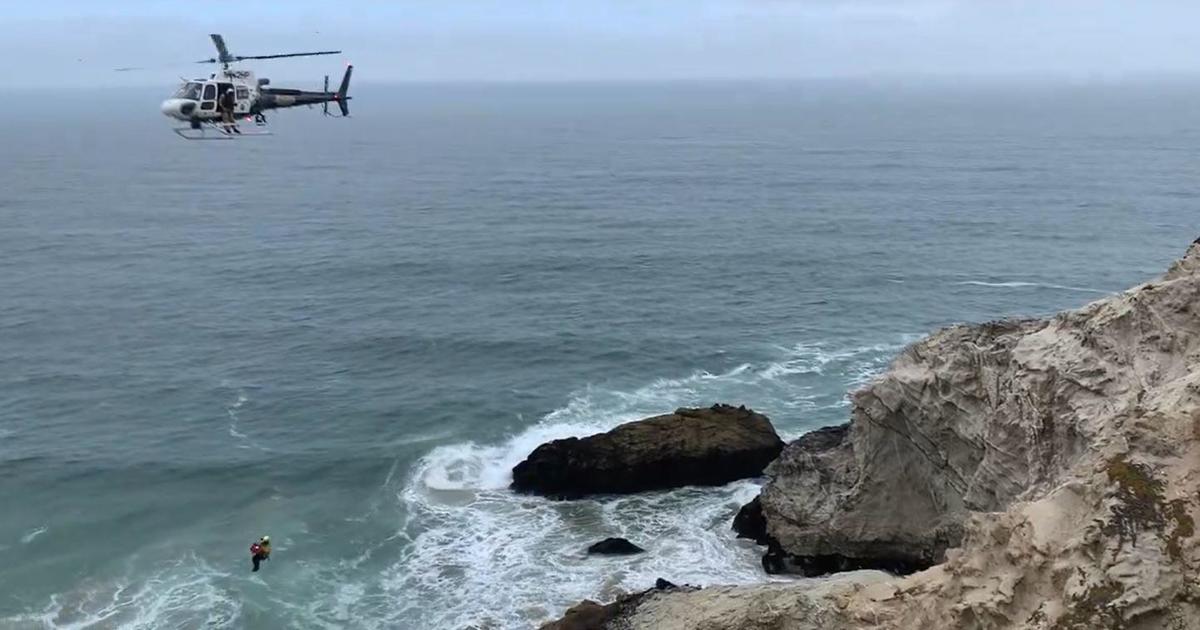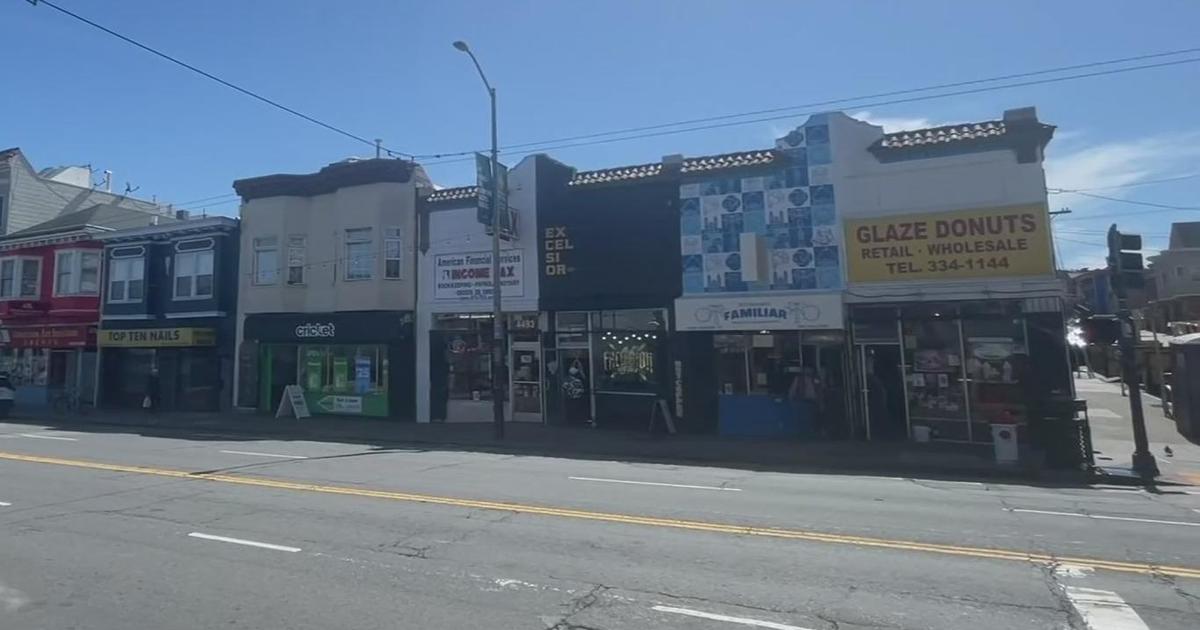KCBS Cover Story: 25 Years After The Loma Prieta Earthquake, The Bay Area Struggles To Brace For Next 'Big One'
SAN FRANCISCO (KCBS) — Twenty-five years ago today, the earth shook in the Santa Cruz Mountains, and life in the Bay Area changed forever. Tens of billions of dollars have been spent since then attempting to ensure that bridges, highways, hospitals and schools hold up when the next major earthquake occurs.
KCBS Cover Story: 25 Years After The Loma Prieta Earthquake, The Bay Area Struggles To Brace For Next 'Big One
But despite such improvements, critical gaps in the region's earthquake readiness remain.
The Loma Prieta earthquake forced the Bay Area to repair things and engineers reassure that the new Bay Bridge and all those reinforced highway pillars should withstand another magnitude 6.9, or even greater, quake.
BART has strengthened most of its system, and is expected to play a lifeline role if the next Big One does knock out some highways.
"We are confident that large portions of the system can actually go back into operation; there will be other parts that will be safe, they won't necessarily be operational right away," Tom Horton, manager of BART's earthquake safety program, told KCBS.
But Horton said there still needs to be a new liner installed to keep the Transbay Tube from springing a leak and no retrofit at all has been done to keep the Berkeley Hills Tunnel, which crosses the Hayward Fault, from collapsing.
"You are talking about physically displacing between one side or the other and it's very difficult structurally to create a retrofit. Also, we're trying to run some trains. Put those together and you have a pretty tough problem," he said.
Horton said a magnitude 7.0 on the Hayward would probably mean no train service between Rockridge and Orinda for up to two and a half years and if there's a train in the tunnel at the moment of the quake, to expect mass casualties.
"The probability of being in the wrong place at the wrong time, when the earthquake happens, is very, very small—teeny tiny. Yes. It's a risk but it's a very low risk," he said.
BART finally has some possible retrofit solutions for the tunnel, but they are years, and up to a billion dollars, away.
More:
Then there are all those gas and water lines, buried beneath our streets.
"The challenge that we'll face is all of the street-level pipelines to your house. There's so many thousands of miles of the pipelines across the Bay Area that that's a big effort to upgrade," Danielle Hutchings Mieler, spokeswoman for the Association of Bay Governments, said.
It's the risk of a gas-fueled fire that worries one homeowner, who did no want to use her name, living near the Hayward Fault.
"What's under there? Does anyone even know?" she said. "I moved in '77 and the house was built in '26 and that's the original pipe."
Dr. Richard Allen at the Berkeley Seismological Lab says California has also been slow to address "soft story" buildings—those with large openings on the ground floor, like garage doors or picture windows, built before 1978.
"The fact that these soft-story buildings are apartment buildings makes it a particular challenge to get the necessary drive to get those fixed," he said.
Related: San Francisco Soft-Story Property Owners Get Earthquake-Retrofit Warnings
Louis Mascotti lives near the San Andreas Fault, and said there's still much work to be done, but that, he added, is what comes with living in earthquake country.
"Everybody have something. They've got tornados in the Midwest, floods on the coasts; we have earthquakes—pick your poison."



